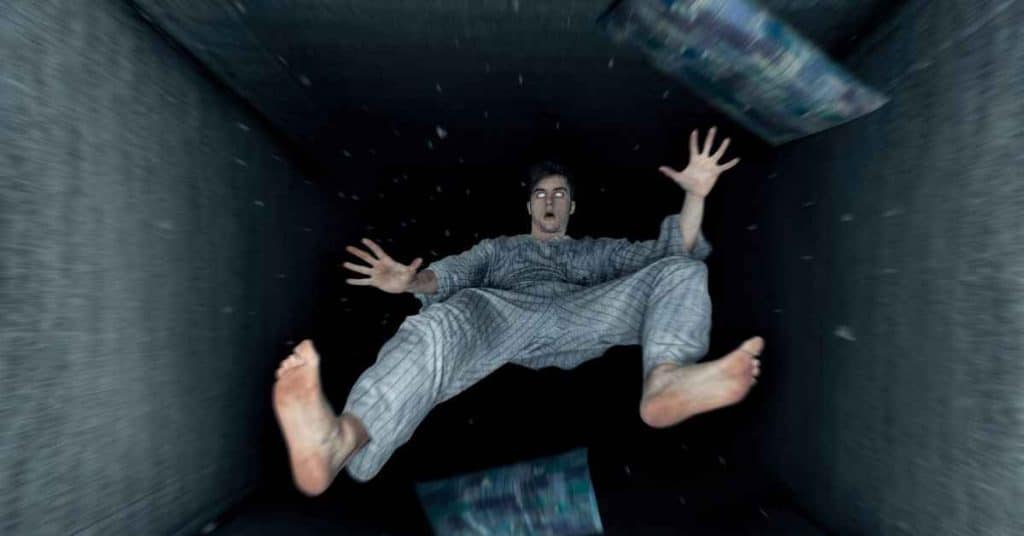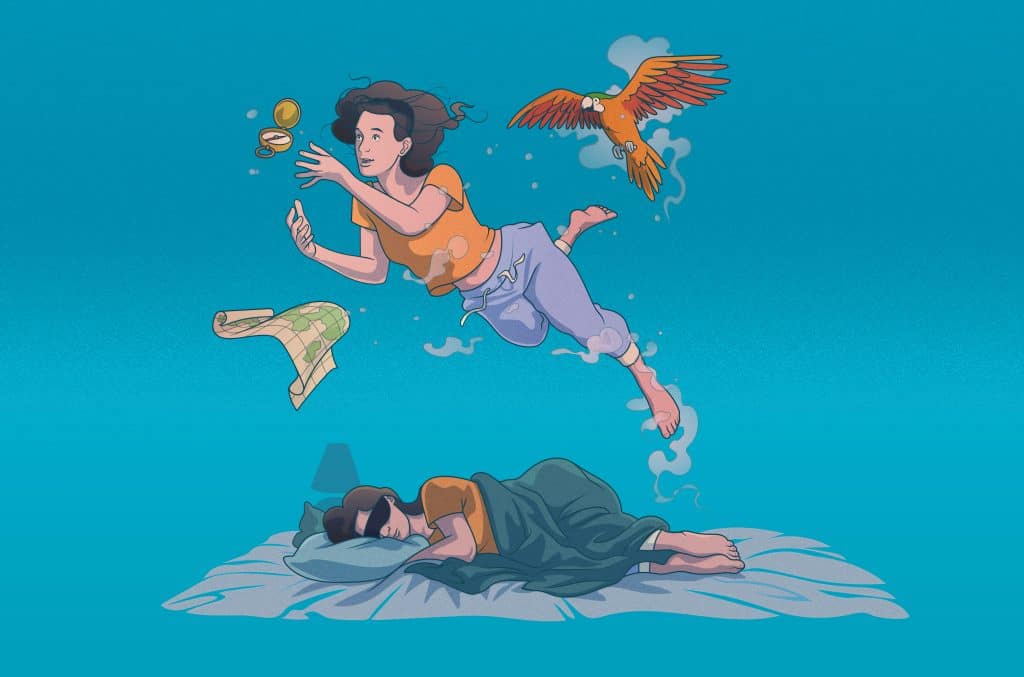Dreams have fascinated humanity for millennia, serving as a source of inspiration, dread, and wonder. From the ancient Egyptians, who considered dreams to be divine messages, to modern psychologists, who see them as a window into the subconscious, dreams have been dissected and discussed countless times. Despite the advances in neuroscience and psychology, the realm of dreams remains largely mysterious. This article explores the enigmatic world of dreams, exploring their scientific basis, common types, cultural interpretations, and more. Let’s embark on this journey to understand what our subconscious might be trying to communicate through dreams.
Contents
The Science Behind Dreaming

Dreams predominantly occur during the Rapid Eye Movement (REM) stage of sleep, a phase characterized by heightened brain activity and physiological changes. Understanding the sleep cycle is crucial for grasping the mechanics of dreaming. Sleep is divided into several stages: light sleep, deep sleep, and REM sleep. During REM sleep, the brain is most active, resembling the waking state, and this is when most vivid dreaming occurs.
Neurologically speaking, various parts of the brain are involved in the formation and experience of dreams. The amygdala, known for its role in processing emotions, is highly active during dreaming. The hippocampus, associated with memory, also plays a part. This suggests that dreams could be a complex interplay between emotional experiences and memory consolidation, although the exact mechanisms remain a subject of ongoing research.
Common Types of Dreams

Recurring dreams are a phenomenon that many people experience, where the same dream or theme appears multiple times, sometimes over many years. Theories suggest that these dreams may be the mind’s way of highlighting unresolved issues or emotional hang-ups. They could also indicate stress or anxiety not adequately addressed in waking life.
Nightmares are another common type of dream, often causing the dreamer to wake up distressed. Unlike regular dreams, nightmares can have a significant impact on one’s emotional well-being and can be indicative of underlying emotional turmoil. Lucid dreams, on the other hand, are dreams where the dreamer becomes aware that they are dreaming. This type of dream allows for control over the dream narrative and has been studied for its potential therapeutic benefits.
Cultural Interpretations of Dreams

In ancient civilizations like Egypt and Greece, dreams were often considered messages from the gods or the spirit world. Temples were even built where individuals could sleep and receive dream messages that priests interpreted. These interpretations often guided important life decisions, from warfare strategies to marriage alliances.
In modern times, the interpretation of dreams varies widely across different cultures. In some cultures, dreams are still considered spiritual messages interpreted in a religious context. In Western societies, however, dreams are often viewed through a psychological lens, considered reflections of the subconscious mind. This shift from divine to psychological interpretations highlights the evolving understanding of dreams and their significance.
Popular Dream Symbols and Their Meanings

Throughout history, certain dream symbols have been consistently reported by dreamers across various cultures. Falling, for instance, is a common dream theme. Some psychologists believe this might be linked to insecurity or a perceived loss of control in one’s waking life. Similarly, dreams of flying often symbolize a desire for freedom or escape from certain situations.
Another frequently reported dream symbol is being chased. This could indicate avoidance behavior, suggesting that the dreamer might be escaping a situation or emotion in real life. While these interpretations offer a general framework, it’s essential to remember that the meaning of dream symbols can be deeply personal and may vary based on individual experiences.
The Role of Emotions in Dreams

Dreams often serve as a reflection of our emotional state. A particularly stressful day might lead to restless dreams, while a joyous occasion could result in pleasant dream scenarios. This phenomenon is sometimes called “emotional residue,” where feelings from our waking hours spill over into our dreams.
Moreover, dreams can also act as a mechanism for emotional processing. They allow the subconscious mind to work through unresolved emotions or traumatic events, providing nocturnal therapy. This is why some individuals report feeling better or gaining clarity about certain situations after dreaming about them.
Dreams and Creativity

Historically, many renowned artists, musicians, and scientists have credited their dreams as sources of inspiration. Paul McCartney famously dreamt the melody for “Yesterday,” while Salvador Dalí’s surreal paintings were often influenced by his dreamscapes. These instances suggest a profound connection between the dream world and the creative process.
Dreams can serve as a playground for the mind, allowing it to explore scenarios and ideas without the constraints of reality. This unbounded exploration can lead to innovative solutions or creative expressions that might not have been conceived consciously. For many, dreams become a wellspring of creativity, offering fresh perspectives and insights.
Practical Tips for Dream Interpretation

Maintaining a dream journal can be invaluable for those keen on interpreting their dreams. One can capture details that might otherwise be forgotten by jotting down dreams immediately upon waking. Over time, patterns or recurring themes might emerge, providing deeper insights into one’s subconscious mind.
However, while self-reflection is beneficial, there are instances where professional guidance might be more appropriate. If dreams are causing distress or seem to be linked to traumatic events, consulting with a psychologist or dream analyst can provide a more structured and therapeutic approach to interpretation.
The Limits of Dream Interpretation

While dream interpretation can offer intriguing insights, it’s essential to approach it with a degree of skepticism. Scientifically, there’s still much debate about dreams’ exact purpose and meaning. Some researchers argue that dreams might be a byproduct of neural processes and not bear any significant meaning.
Furthermore, dream interpretation is highly subjective. What might represent freedom to one person could symbolize something entirely different to another. Thus, while general interpretations can provide a starting point, it’s crucial to consider personal experiences and emotions when deciphering dream meanings.
The Bottom Line
With their ethereal nature and profound impact, dreams have intrigued humanity for ages. While we’ve made strides in understanding the science behind dreaming, the realm of interpretation remains vast and largely uncharted. Whether viewed as messages from the divine, reflections of our subconscious, or mere neural firings, dreams undeniably hold a special place in human experience. By exploring and interpreting them, we might find a deeper understanding of ourselves and the world around us. As we continue to decode dreams, it’s essential to strike a balance between curiosity and caution, ensuring that we remain grounded even as we navigate the mysteries of the subconscious.